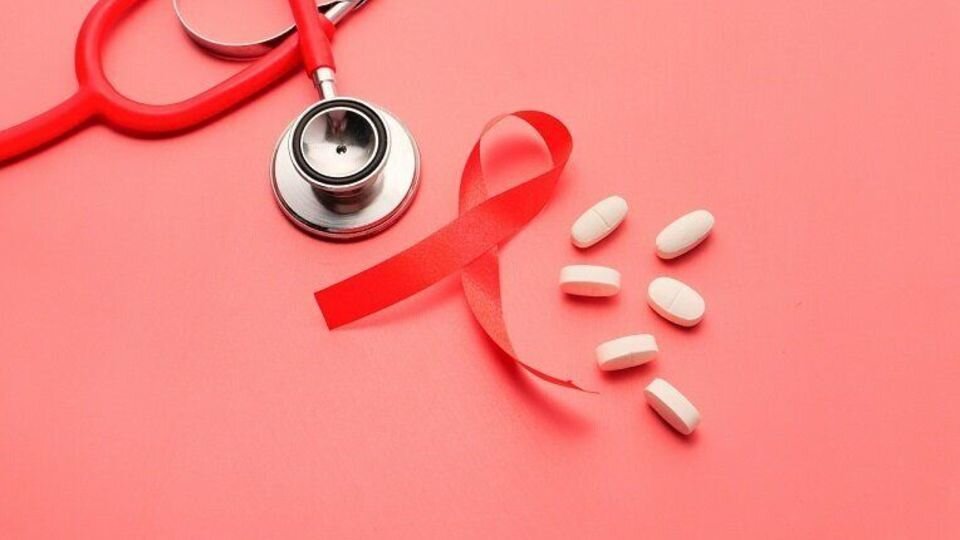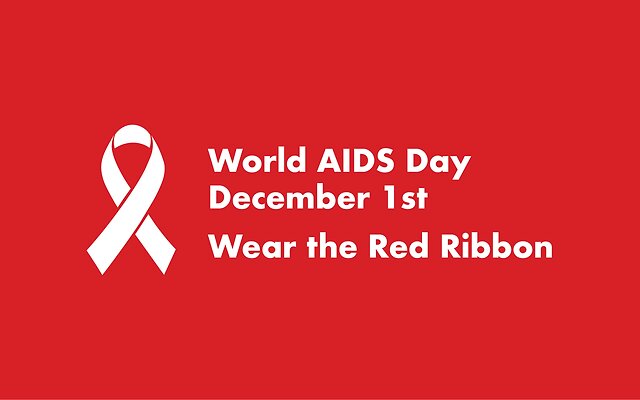Iran (IMNA) - World AIDS Day serves as a global platform for solidarity with individuals living with HIV and remembrance for those who have tragically lost their lives to AIDS. However, it is not solely a day of reflection; it is a call to action, urging society to empower and support communities in their leadership roles.
Communities directly impacted by HIV, including those at risk or affected by the virus, are at the forefront of progress in the response to HIV/AIDS. They serve as a crucial link between individuals and person-centered public health services. By fostering trust, promoting innovation, monitoring policy implementation, and holding service providers accountable, these community organizations contribute significantly to the advancement of the HIV response.
Even amidst the challenges posed by the ongoing Covid-19 pandemic, Iran has demonstrated unwavering commitment to combating the AIDS epidemic. Efforts to end the spread of HIV have not faltered or retreated due to the pandemic, as comprehensive measures continue to be implemented.
Through collaborative efforts and the empowerment of communities, the world remains steadfast in its pursuit of ending the AIDS epidemic once and for all. World AIDS Day serves as a reminder that by placing communities at the forefront, we can achieve this ambitious goal and create a future free from the burden of HIV/AIDS.
Community-led Organizations Face Obstacles in Advancing HIV Prevention and Treatment Services
Communities around the world are facing significant challenges in their efforts to lead the fight against HIV. Shortages in funding, policy and regulatory hurdles, capacity constraints, and crackdowns on civil society and human rights of marginalized communities are hindering the progress of HIV prevention and treatment services. These obstacles, if removed, could enable community-led organizations to play an even more significant role in the global HIV response, accelerating progress towards ending AIDS.
The global HIV/AIDS epidemic is a pressing global emergency and one of the most formidable challenges to human life. Its devastating scale and impact have far-reaching consequences, weakening social and economic growth on a global scale and affecting various levels of society, including national, social, family, and individual aspects.
The toll of AIDS-related deaths and new HIV infections remains alarming. Millions of people have lost their lives to AIDS, while millions more continue to be infected by the HIV virus every year. According to the United Nations, as of 2021, there were approximately 38.4 million people worldwide living with the HIV virus. Additionally, 1.5 million individuals contracted the virus, and tragically, about 650,000 people lost their lives to AIDS-related illnesses. Among them were 110,000 children and teenagers, underscoring the urgent need for effective prevention and treatment measures.

AIDS Epidemic in Iran
According to the latest report from the Ministry of Health, the AIDS epidemic has impacted a staggering number of people in Iran. Since the beginning of the epidemic, a total of 84.2 million individuals have been infected with the virus, leading to the tragic deaths of 40.1 million people from AIDS-related causes.
In the current Iranian year, the number of new HIV cases has reached 23,902. Among them, 18,326 individuals have received healthcare services, and 17,377 people are currently undergoing treatment.
While men make up the majority, accounting for 81 percent of people living with HIV, there have been noticeable changes in transmission patterns and gender percentages in recent years. In the first quarter of this year, 26 percent of registered cases were women, while 74 percent were men.
Age-wise, the highest percentage of identified cases at the time of diagnosis falls within the 25 to 39 age group, making up 55 percent of all cases. Additionally, 75 percent of cases were reported within the age range of 20 to 45, indicating a consistent age transition pattern over the years.
Estimates suggest that there are currently 46,145 individuals suffering from AIDS in the country. The main causes of the disease among registered cases since 1365 (March 1986-March 1987) are primarily drug injection (56 percent), sexual contact transmission (26 percent), and mother-to-child transmission (1.7 percent).
However, it is worth noting that the route of transmission remains unclear for 16.3 percent of patients. Furthermore, prior to the implementation of the policy of 100 percent purification of healthy blood by the Blood Transfusion Organization, 0.2 percent of cases were related to blood and blood products.
Health Ministry Provides Comprehensive Services to Patients with Varied Modes of Infection
In the year 1401 (ended March 20), recent data reveals that the spread of infections was attributed to different modes of transmission. A notable 57 percent of infections were linked to sexual relations, while drug injection accounted for 16 percent. The transmission from mother-to-child accounted for 1 percent of cases.
In a positive development, no new cases of infection through blood and blood products were reported during this period. However, in 26 percent of cases, the specific mode of infection remained unidentified.
The Health Ministry has taken significant measures to ensure the well-being of patients. They have made all prevention and treatment services readily accessible, including diagnostic tests, medication, prevention services, harm reduction services, mental health care, and specialized diagnostic laboratories. With these comprehensive services, patients can receive the necessary support to manage their condition effectively.



Your Comment